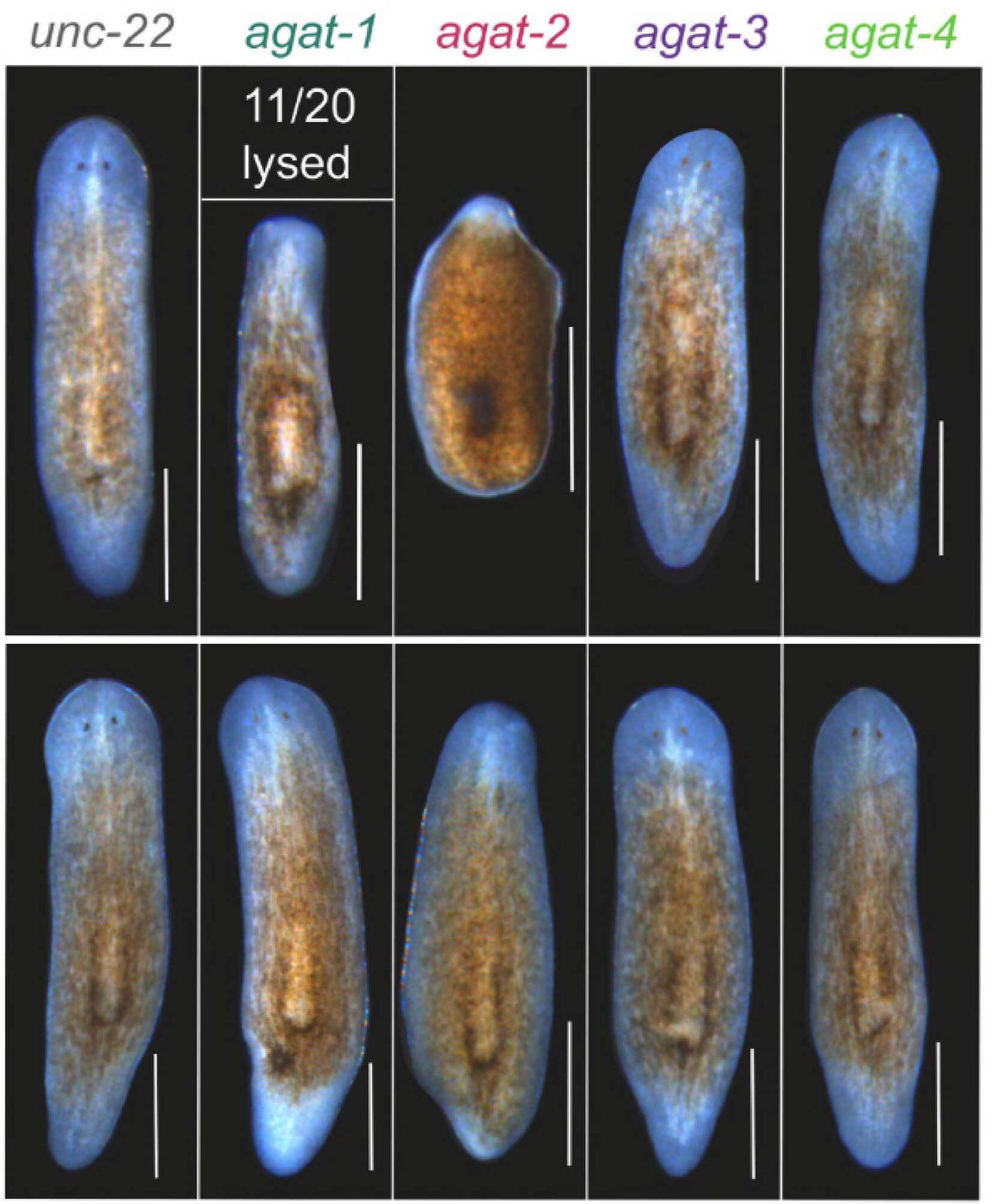By Alissa Poh
Chengqi Lin was already halfway through the five-year medical program at Nanjing’s Southeast University in China when the siren of science sounded its call. Realizing he was far more attracted by the prospect of unraveling disease pathologies than diagnosing a steady stream of patients, Lin delved into Drosophila genetics in the laboratory of Wei Xie, PhD, in the university’s Institute of Life Sciences, where he quickly became enamored with basic research.
“All I had heard from my father was that medical school would be tough and I’d need to stick it out,” says Lin, who grew up in the Fujian Province. “It’s one of his principles: ‘If you start something, make sure you finish it.’ Otherwise, he and the rest of my family were very supportive.”
So Lin juggled lab experiments alongside just enough of the program’s final-year hospital internship requirements to complete his bachelor’s degree in clinical medicine. Then, while his classmates scattered to medical centers large and small, Lin settled back down at the bench.
Using the fruit fly Drosophila as his model, Lin spent the next three years pursuing a novel transcription factor thought to interact with and influence p53, a protein byword in cancer research. After he completed the coursework for a master’s degree in genetics, he headed to Singapore with his wife, Zhuojuan Luo.
While Luo toiled over her PhD thesis at the National University of Singapore, Lin worked as a structural biologist at Temasek Life Sciences Laboratory. But he hankered for more graduate training, too, and after exploring assorted possibilities, Lin eventually connected with Stowers Investigator Ali Shilatifard.
“I’d become interested in how histone acetyltransferases [HATs] regulate gene expression,” Lin explains, “and exploring the structure of one HAT in particular, Rtt109 [a histone acetyltransferase that was discovered in Shilatifard’s laboratory], led me to Dr. Shilatifard. He is interested in leukemias at the molecular level, and I had a medical background, so it was a good fit.” In more ways than one: Gaining ground on cancer’s underpinnings is personal for Chengqi because during his adolescence his grandmother succumbed to the disease—a loss he describes as profoundly sad.
Lin was recruited to the Stowers Institute in 2008 as a predoctoral research student in Shilatifard’s laboratory through the Open University, a relationship that links to the institute as an affiliated research center. For much of the last five years, he collected evidence for the hypothesis proposed by Shilatifard fifteen years ago that certain leukemias can occur if transcription elongation, a key event in the multistep process comprising gene expression, goes awry.
Since then, Lin and his fellow researchers have identified and named a whole host of transcription elongation factors in the Super Elongation Complex. Lin has been hard on the heels of a particular SEC member: Ell3, neglected for years because of its notable presence in sperm, long regarded as nothing more than a paternal DNA contributor. Last December, he and Shilatifard published a paper in Cell showing that Ell3, far from being negligible because of its location, primes the activation of multiple genes that control stem cell specification.
When not at the bench, Lin sometimes dabbles in Chinese calligraphy. Snippets of philosophical sayings come to mind, he says, prompting him to put brush to paper. He’s fond of listening to traditional Chinese music—performed on the likes of the pipa, guzheng, and other plucked string instruments—as a way to unwind; the classical piece Gao Shan Liu Shui (“High Mountains, Flowing Water”) is a favorite. Lin daydreams of traveling the world someday, although his first destination choice might surprise some: He’d like to visit the Gobi Desert or the Sahara.
Later this year, Lin will leave the US for Singapore. Having successfully defended his PhD thesis, he’s been offered a position as a junior investigator at the Institute of Molecular and Cell Biology, with start-up funds to run his own lab. As happened when he first moved to Kansas City, he and his wife will be a long-distance couple while she wraps up her postdoctoral fellowship at Stowers, albeit with an added wrinkle—shuttling their not-quite-two-year-old daughter, Sarah, between both parents until the young family can be reunited.
“I think I’m ready to be an independent researcher,” Lin says. “While totally supportive, Dr. Shilatifard has always given me lots of space to figure things out on my own, which is outstanding training for someone who wants to become an independent scientist.” He’s well aware that stateside opportunities to leap from newly minted PhD to full-fledged faculty are few and far between. Countries like Singapore and China, he notes, are investing far more in outfitting a whole new generation for the thrill of the scientific chase—which, for Lin, remains the juiciest carrot of all along his career path.
“With so many unanswered questions,” he says, “why wouldn’t you want to be able to test all the ideas you might come up with?”



